Here you will find information on a number of key University systems, plus links to guides and training on the tools specifically supported by the FBMH eLearning team.
Tools categorised by task
As some tools cover more than one pedagogic requirement, we have categorised them on the primary method of use within this Faculty.
Assessment and Feedback
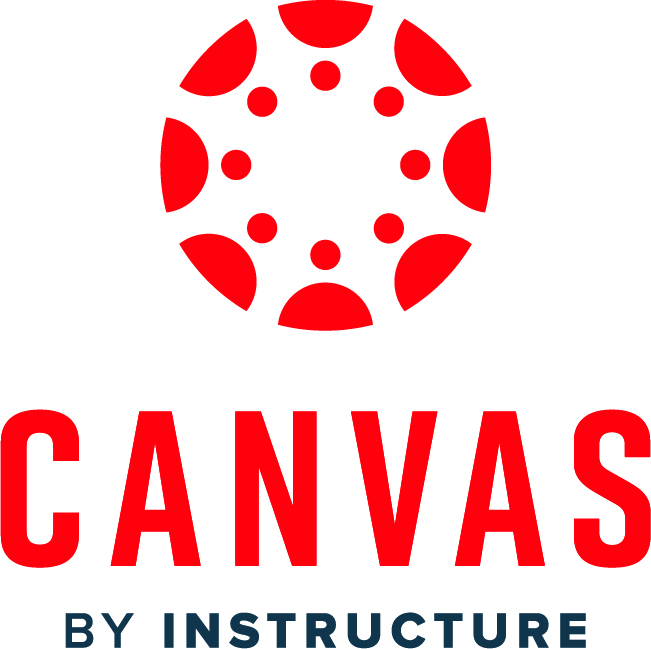
Canvas is the Central Learning Environment currently used across the University.
Canvas has its own Assignment tool that allows electronic assignment submission, collection and grading. Work can also be checked for plagiarism. It allows the submission of work in various formats (such as essays, media files, etc).
Blackboard also has a Quizzes tool which can be used for both formative and summative assessments. Many question types are automatically graded but you can also create questions which require manual grading. Students see their results and feedback via their view of the Canvas Gradebook.

Cadmus streamlines the entire assessment process, from designing assessments to releasing grades and feedback. It also provides valuable insights into student engagement throughout the duration of an assignment.
We are currently working alongside school Assessment and Progression staff to identify FAQs and short format guides.
Alternatively, get in touch with the team and we will be happy to advise.

Gradescope is an online tool, accessed via Blackboard, that is particularly useful for instructors marking handwritten work. It allows for efficient scanning of paper-based assignments, and offers handwritten text recognition and automated AI-assisted marking.
This tool is not extensively used in the FBMH but we do have self-led online training available.

LAMS (Learning Activity Management System) is an online authoring and learning environment specifically focused on supporting active and collaborative learning. It is a standalone system external to Blackboard. Within the Faculty, LAMS is most commonly used in the creation and delivery of Team-Based Learning (TBL). However, the wide variety of learning activities that LAMS offers means that the environment can support a diverse range of pedagogies.

peerScholar is a customisable peer assessment tool available via Blackboard that helps develop your students’ critical and creative thinking skills. Students can submit work as a group or as individuals, and follow a peer assessment process which facilitates peer evaluation (qualitative feedback) and peer scoring.
We are currently working on our documentation for this tool but can provide support and training if you are interested.
Collaboration and Discussion

Canvas is the Central Learning Environment currently used across the University. It has its own Discussions tool that allows students to collaborate with their peers and teaching staff through posting or answering questions.

Mentimeter is a browser-based presentation tool that allows you to create and deliver dynamic interactive presentations, polls and surveys. It enables you to assess student learning in real-time and monitor levels of engagement.
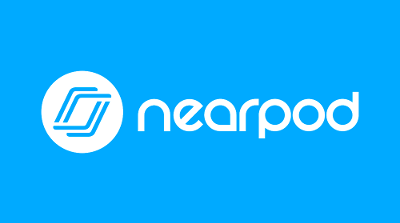
Nearpod is a cross-platform, device-agnostic, and user-friendly way to engage your students with interactive activities, connect with them through collaborative discussions, and gain real-time insight into student learning through formative assessments.

Padlet is an online post-it wall. It allows students and educators to post their comments, questions, and resources in one place – thereby making interactions between student and educator far more engaging.
Licensing is overseen by the Humanities eLearning Team.
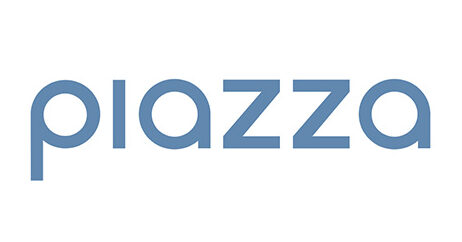
Piazza is a collaboration tool that can be integrated into Canvas. It incorporates a range of useful features, including polling. It follows a community-built wiki approach, encouraging collaborative interaction among students, and is an interesting alternative to the native discussion board tool in Canvas.
Piazza is not extensively used in the FBMH but we do have guidance available on our website.

VoiceThread is a collaborative, multimedia slideshow that can include text, images, documents, audio and video, and allows people to navigate slides and leave comments in several ways – using voice, text, audio or video. VoiceThread is integrated into Canvas and multiple VoiceThreads can be created by staff or students, and be graded or un-graded.
Content Creation

Articulate Rise is a cloud-based authoring tool that allows users to create responsive e-learning courses. It has a user-friendly, drag-and-drop interface, and supports some question types, including multiple choice, multiple response, fill-in-the-blank, and matching quizzes.
We currently have a very limited number of licences for Rise.

iSpring is a PowerPoint-based authoring tool that allows users to create slide-based courses, quizzes, simulations, screencasts, video lectures, and other interactive learning materials. It allows for SCORM packages.
It also currently requires that staff work on a campus-based, University-managed machine. We have 19 concurrent licenses for iSpring but we are running an old version which will not be updated.
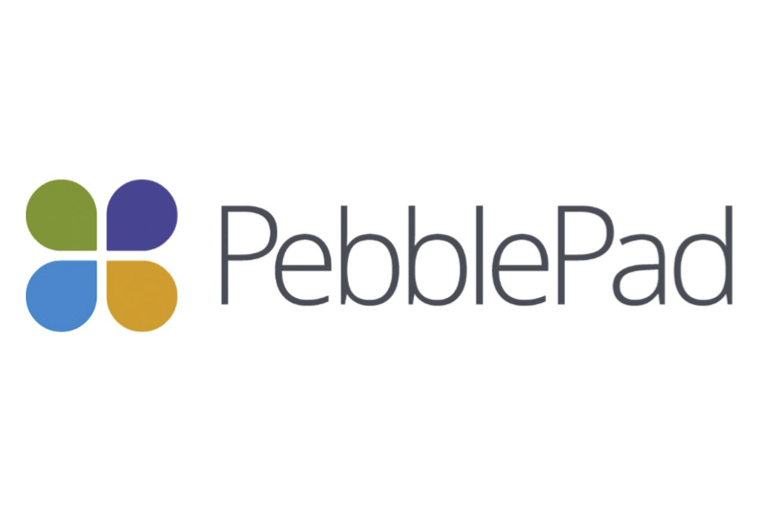
PebblePad is a student-centered portfolio platform used for formative and summative reflection and competency evidencing. Students can also be given an alumni account so they can take their portfolio with them after graduating. It is very useful for documenting evidence for future career paths.

PowerPoint is capable of doing far more than just creating slides. You can use it to create feature-rich interactive resources for your students. The link below will take you to training and information on how to turn your slides into an interactive resource that will enhance learning and understanding.
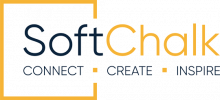
SoftChalk is a desktop application used to create online lessons. It is particularly useful for text-heavy resources such as handbooks or workbooks. The lessons can contain videos, quiz questions, and activities such as labelling exercises and card sorting.
SoftChalk has its own cloud-based storage system and a grade centre which stores student progress.
Multimedia
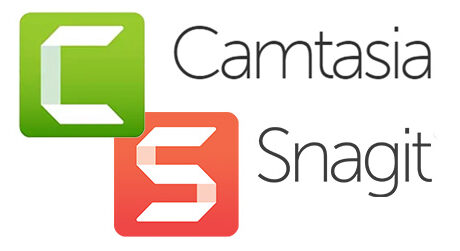
Camtasia is an all-in-one screen recorder and video editor for both Windows and Mac users that supports interactivity such as adding quizzes and annotations to the timeline, creating animations, and developing a video table of contents. It also allows for audio editing.
It comes together with a screen capture tool called Snagit.
Web Conferencing
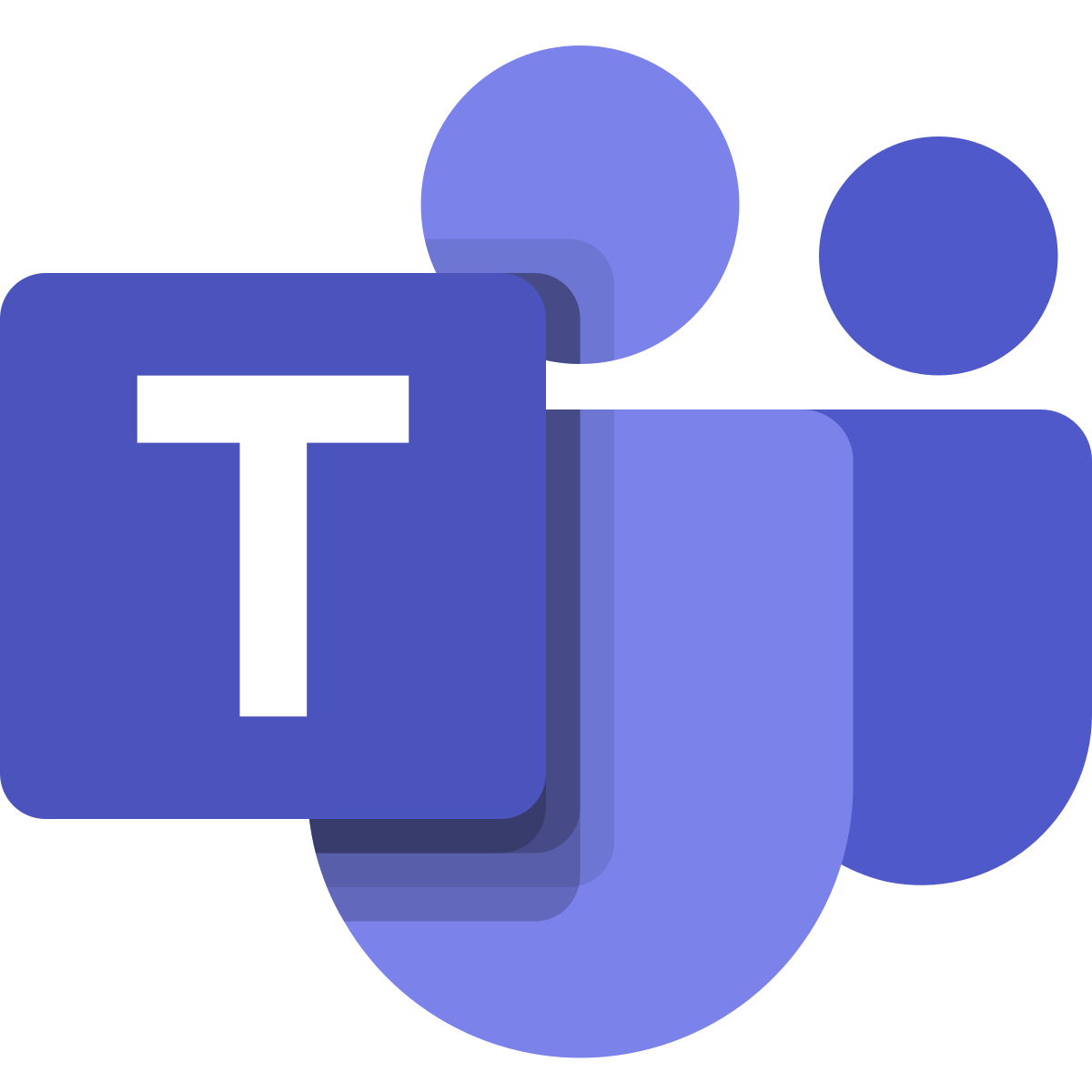
Microsoft Teams has its own meetings and webinar tool that you can use for online lectures, tutorial meetings and other related online meet-ups.
The eLearning Team will help with queries on Teams but please note that there is a comprehensive central Sharepoint site where you can get all sorts of help regarding Microsoft 365.


